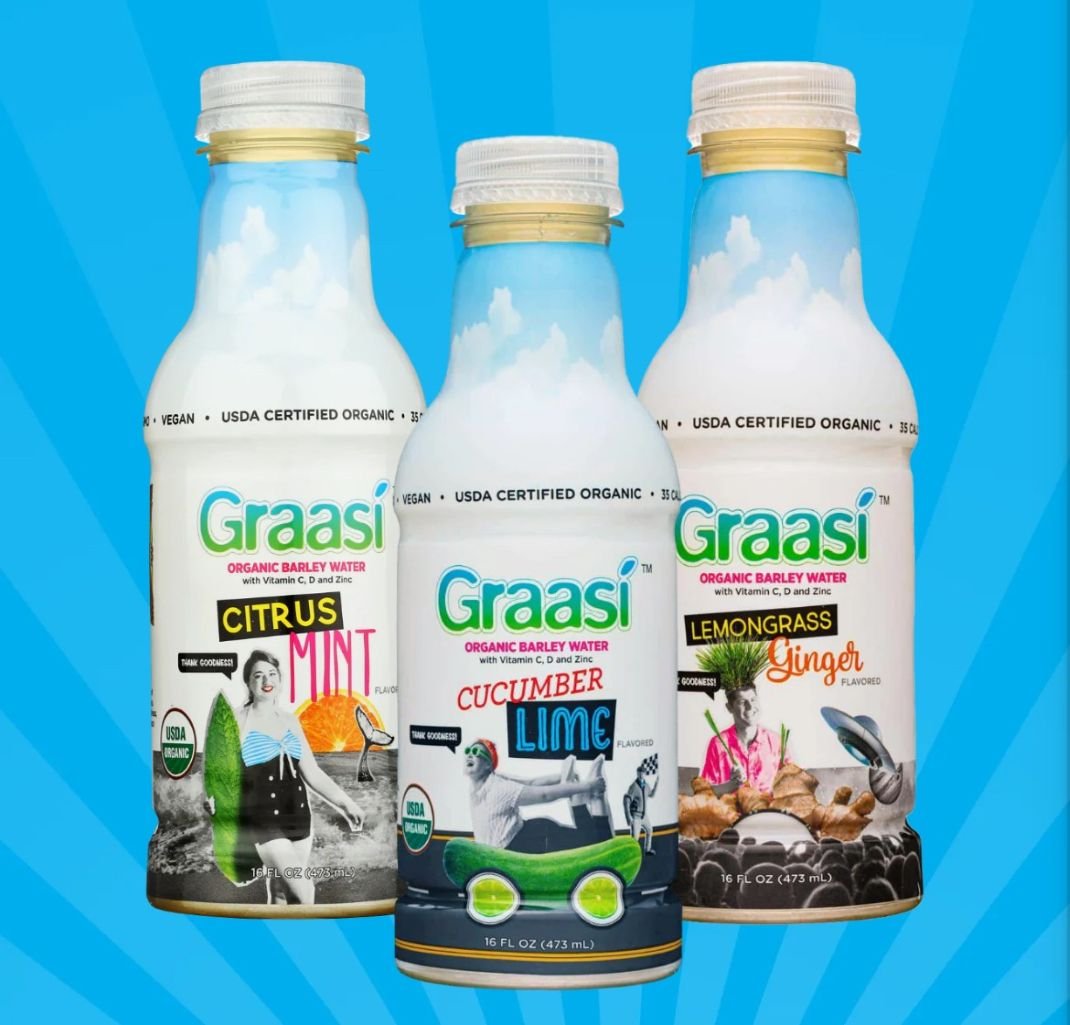By: Publicity For Good
The United States faces a growing diabetes crisis, with up to 37.3 million Americans having been diagnosed according to recent estimates from the Diabetes Research Institute Foundation. To better illustrate the scale of this crisis, this is almost equivalent to the population of Canada. According to the CDC, diabetes is the seventh largest cause of death in America, and its numbers among adults have steadily increased between 2001 and 2019. Today, the condition extends beyond adults, with data from the National Institutes of Health indicating that approximately 1 in 5 children in certain high-risk groups have type 2 diabetes. To better understand how the situation has become more widespread, we’ll examine the role of sugary foods, processed diets, and obesity in contributing to these trends, alongside emerging alternatives in the food and beverage market.
The Scale of Diabetes in the U.S.
According to the CDC, there has been a steady increase in diabetes cases for nearly two decades now. The condition already affects millions, with a high incidence of type 2 diabetes being closely linked to lifestyle factors. Obesity tends to be a primary risk factor, impacting over 40% of American adults, and unfortunately, children are quickly catching up, which marks a shift from its historical classification as an adult-onset disease.
Sugar Consumption and Its Consequences
So what happened? Part of the cause may lie in our shelves. Americans consume an average of 82 grams of added sugar daily—equivalent to 18.5 teaspoons—according to Medical News Today. That’s more than double the American Heart Association’s recommended limits of 36 grams for men and 25 grams for women, something that can be easier to explain when we remember that a typical 12-ounce can of soda, by itself, already contains 38 to 47 grams of sugar, based on data from The Diabetes Council. And it’s not just soda either; ultra-processed foods, including snacks and convenience meals, also contribute significantly to this intake.
Processed Foods and Health Outcomes
The dominance of ultra-processed foods in U.S. diets has long been the subject of scrutiny. These products, often high in sugar, salt, and unhealthy fats, account for a substantial portion of America’s daily caloric intake. In fact, studies, such as those published in The Lancet, suggest that regular consumption is associated with weight gain and insulin resistance, both of which are key precursors to diabetes. The link between processed diets and rising obesity rates underscores a broader public health challenge, with 37.3 million diagnoses reflecting the scale of impact.
Shifting Beverage Trends

In response to such concerning numbers, low-sugar hydration options have begun to attract public attention. One of these new options, which has been laying claim to a part of the market, is barley grass water—a superfood-based beverage recognized for its nutrient content, including antioxidants and vitamins. Companies like Graasí are now making it available in the form of juice powder. One of the main reasons why it has grown in popularity is that a single serving of this drink contains 4 grams of sugar per serving, derived from organic cane sugar and monk fruit, which is not only a fraction of the sugar, but also of a much higher quality.
When it comes to personal long-term health, it can be beneficial to take advantage of every healthy alternative at your disposal, and now that products by companies like Graasí are becoming more readily available, there is an opportunity to test them out. So if you’d like to take the first steps to ensure a healthier future for yourself and your family, visit graasi.com
Published by Tom W.








